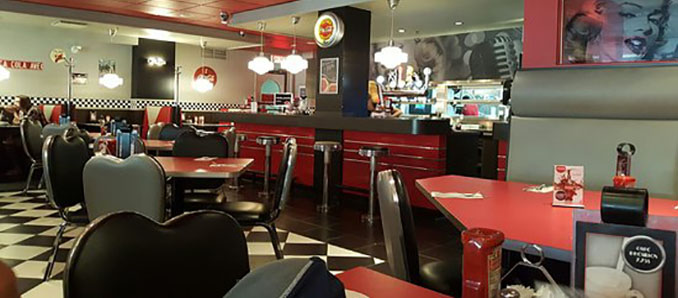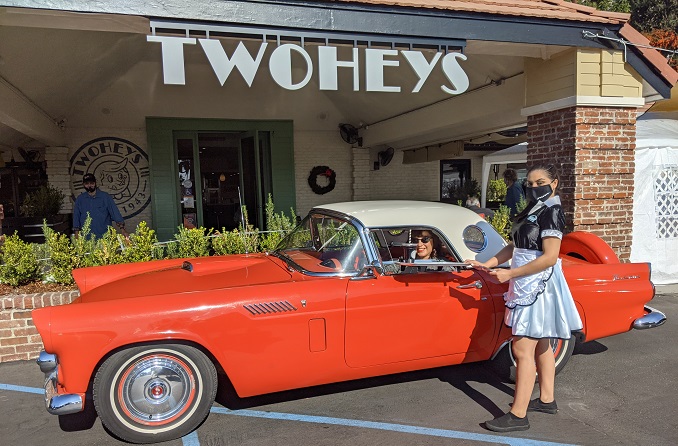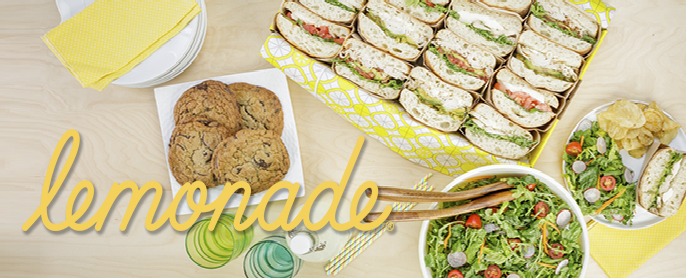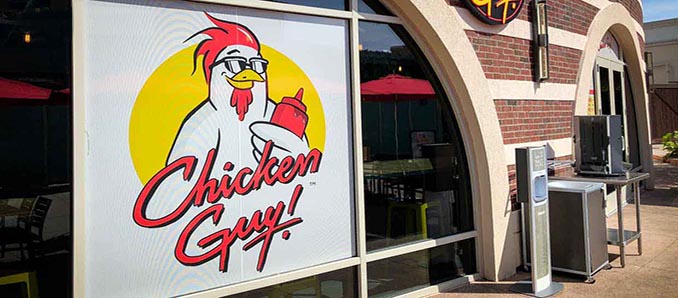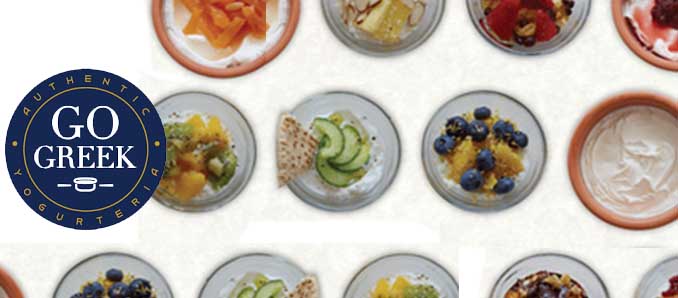 Most historians agree that the American company White Castle was the first fast-food outlet starting in Wichita, Kansas in 1916 with food stands and founding in 1921, selling hamburgers for five cents apiece from its inception and spawning numerous competitors and emulators. What is certain, however, is that White Castle made the first significant effort to standardize the food production in, look of, and operation of fast-food hamburger restaurants. William Ingram’s and Walter Anderson’s White Castle System created the first fast food supply chain to provide meat, buns, paper goods, and other supplies to their restaurants, pioneered the concept of the multi-state hamburger restaurant chain, standardized the look and construction of the restaurants themselves, and even developed a construction division that manufactured and built the chain’s prefabricated restaurant buildings. The McDonald’s Speedee Service System and, much later, Ray Kroc’s McDonald’s outlets and Hamburger University all built on principles, systems, and practices that White Castle had already established between 1923 and 1932.
Most historians agree that the American company White Castle was the first fast-food outlet starting in Wichita, Kansas in 1916 with food stands and founding in 1921, selling hamburgers for five cents apiece from its inception and spawning numerous competitors and emulators. What is certain, however, is that White Castle made the first significant effort to standardize the food production in, look of, and operation of fast-food hamburger restaurants. William Ingram’s and Walter Anderson’s White Castle System created the first fast food supply chain to provide meat, buns, paper goods, and other supplies to their restaurants, pioneered the concept of the multi-state hamburger restaurant chain, standardized the look and construction of the restaurants themselves, and even developed a construction division that manufactured and built the chain’s prefabricated restaurant buildings. The McDonald’s Speedee Service System and, much later, Ray Kroc’s McDonald’s outlets and Hamburger University all built on principles, systems, and practices that White Castle had already established between 1923 and 1932.
first quick service restaurant
However, the modern history of fast food in the United States dates back to July, 7th 1912, with the opening of a fast food restaurant called the Automat in New York. The Automat was a cafeteria with its prepared foods behind small glass windows and coin-operated slots. Joseph Horn and Frank Hardart had already opened the first Horn & Hardart Automat in Philadelphia in 1902, but their “Automat” at Broadway and 13th Street, in New York City, created a sensation. Numerous Automat restaurants were built around the country to deal with the demand. Automats remained extremely popular throughout the 1920s and 1930s. The company also popularized the notion of “take-out” food, with its slogan “Less work for Mother.”
By 1954, The McDonald brothers’ stand was restaurant equipment manufacturer Prince Castle’s biggest purchaser of milkshake blending machines. Prince Castle salesman Ray Kroc traveled to California to discover why the company had purchased almost a dozen of the units as opposed to the normal one or two found in most restaurants of the time. Enticed by the success of the McDonald’s concept, Kroc signed a franchise agreement with the brothers and began opening McDonald’s restaurants in Illinois.[7] By 1961, Kroc had bought out the brothers and created what is now the modern McDonald’s Corporation. One of the major parts of his business plan was to promote cleanliness of his restaurants to growing groups of Americans that had become aware of food safety issues. As part of his commitment to cleanliness, Kroc often took part in cleaning his own Des Plaines, Illinois outlet by hosing down the garbage cans and scraping gum off the cement. Another concept Kroc added was great swaths of glass which enabled the customer to view the food preparation, a practice still found in chains such as Krispy Kreme. A clean atmosphere was only part of Kroc’s grander plan which separated McDonald’s from the rest of the competition and attributes to their great success. Kroc envisioned making his restaurants appeal to suburban families.
Read Also: Henny White” by Hennessy, marking its debut in the U.S. market.
While fast food restaurants usually have a seating area in which customers can eat the food on the premises, orders are designed to be taken away, and traditional table service is rare. Orders are generally taken and paid for at a wide counter, with the customer waiting by the counter for a tray or container for their food. A “drive-through” service can allow customers to order and pick up food from their cars.
Nearly from its inception, fast food has been designed to be eaten “on the go” and often does not require traditional cutlery and is eaten as finger food. Common menu items at fast food outlets include fish and chips, sandwiches, pitas, hamburgers, fried chicken, french fries, chicken nuggets, tacos, pizza, and ice cream, although many fast food restaurants offer “slower” foods like chili, mashed potatoes, and salads.




